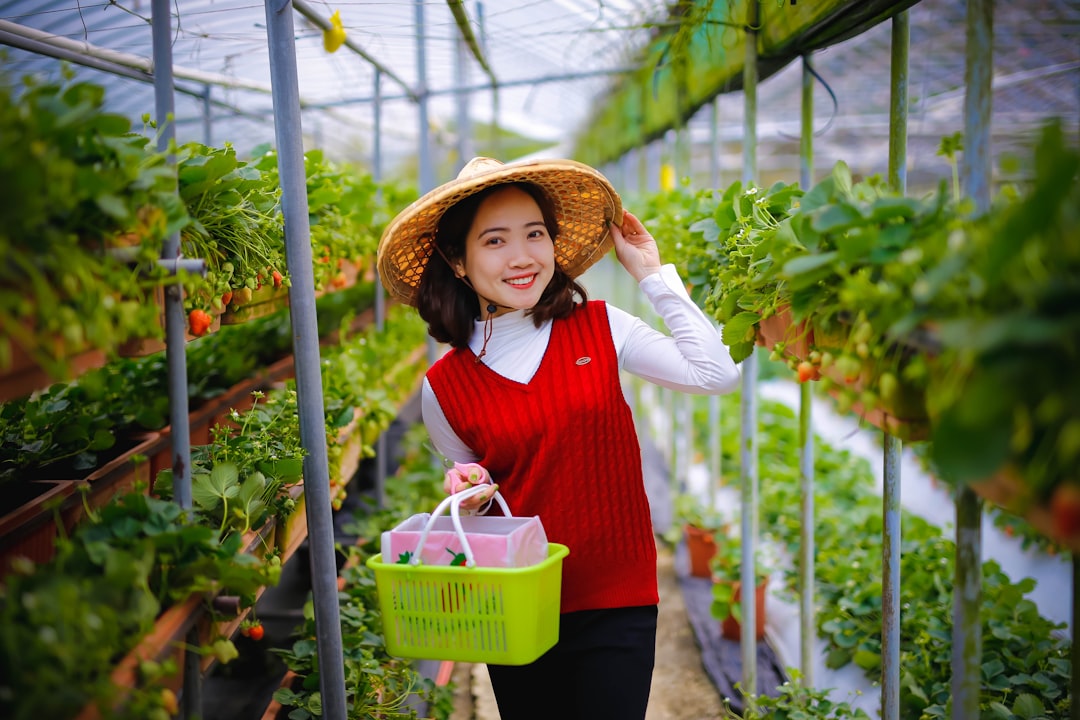With the growing popularity of vertical gardening, choosing the right system can make all the difference in maximizing space, increasing productivity, and enhancing aesthetics. From living walls to pallet gardens, vertical gardening systems come in a variety of designs to suit different environments and needs. Whether you're an urban dweller with a small balcony or a commercial grower looking for efficiency, there’s a perfect vertical gardening system for you. This guide explores various options and their benefits to help you decide which one fits best.
1. Living Walls (Green Walls)
Best for: Urban environments, office spaces, indoor air purification, decorative purposes
Living walls, also known as green walls, consist of vertically arranged plants grown on a panel system attached to a wall. These systems often include automated irrigation and nutrient delivery mechanisms, making them ideal for long-term maintenance. They are commonly used in commercial buildings, hotels, and urban landscapes to improve air quality and aesthetic appeal. Living walls can support a variety of plants, including ferns, succulents, herbs, and even small vegetables.
Pros:
-
Enhances air quality by filtering pollutants
-
Provides thermal insulation for buildings
-
Highly customizable for aesthetics and function
Cons:
-
Requires regular maintenance and irrigation
-
Initial setup can be expensive
2. Stacked Planters (Tiered Planters)
Best for: Small balconies, patios, home gardeners
Stacked planters allow multiple levels of planting in a compact vertical structure. These systems are great for growing leafy greens, strawberries, herbs, and flowers. Many are designed as freestanding units, making them easy to move and maintain.
Pros:
-
Maximizes space efficiently
-
Easy to maintain and water
-
Portable and suitable for renters
Cons:
-
Limited plant height and root depth
-
Some designs may require frequent watering
3. Hanging Baskets
Best for: Indoor gardens, balconies, decorative flowering plants
Hanging baskets are a simple yet effective way to add greenery to small spaces. They are commonly used for trailing plants such as ivy, petunias, strawberries, and cherry tomatoes. These baskets can be suspended from ceilings, hooks, or railings, making them highly versatile.
Pros:
-
Affordable and easy to set up
-
Great for trailing plants and small fruiting plants
-
Can be used indoors and outdoors
Cons:
-
Requires frequent watering
-
Limited growing space per basket
4. Pallet Gardens
Best for: DIY enthusiasts, budget-conscious gardeners, small-space vegetable gardening
Pallet gardens involve repurposing wooden pallets as planting structures. By filling the gaps with soil and arranging plants strategically, gardeners can create an eco-friendly and low-cost vertical garden. Pallet gardens are ideal for growing herbs, lettuce, and compact vegetables.
Pros:
-
Inexpensive and environmentally friendly
-
Easy to construct using recycled materials
-
Provides good drainage for plants
Cons:
-
Can be difficult to move once filled with soil
-
Limited plant depth for root development
5. Hydroponic and Aeroponic Vertical Systems
Best for: High-yield production, urban farming, commercial greenhouses
Hydroponic and aeroponic vertical systems use nutrient-rich water or mist instead of soil to grow plants. These advanced systems allow for faster plant growth, reduced water usage, and year-round cultivation. They are widely used in commercial agriculture, but smaller models are available for home gardeners as well.
Pros:
-
Uses less water than traditional gardening
-
Increases yield and reduces soil-related diseases
-
Ideal for controlled environments and urban farming
Cons:
-
High initial investment cost
-
Requires monitoring of pH and nutrient levels
6. Trellises and Climbing Structures
Best for: Vining plants, outdoor gardens, edible landscaping
Trellises, arbors, and climbing structures provide support for climbing plants such as beans, peas, cucumbers, and flowering vines. These simple vertical gardening systems are perfect for gardens with some ground space but limited horizontal expansion.
Pros:
-
Excellent for edible gardening
-
Increases airflow and sunlight exposure for plants
-
Low maintenance
Cons:
-
Requires proper anchoring and support
-
Limited to climbing plants
Choosing the Right System for You
When selecting a vertical gardening system, consider the following factors:
-
Available Space: Small balconies benefit from hanging baskets or stacked planters, while larger spaces can accommodate living walls or trellises.
-
Plant Type: Herbs and leafy greens thrive in pallet gardens and stacked planters, while vining plants require trellises.
-
Maintenance Level: If you prefer a low-maintenance setup, opt for self-watering or hydroponic systems.
-
Aesthetic Goals: For decorative purposes, living walls and hanging baskets offer a visually appealing solution.
-
Budget: DIY options like pallet gardens are cost-effective, while hydroponic systems require a higher investment.
Conclusion
Vertical gardening systems offer practical and visually appealing solutions for maximizing green space in any environment. Whether you're looking to grow fresh herbs in your kitchen, create a striking green wall in your office, or cultivate high-yield crops in an urban farm, there’s a system that meets your needs. By carefully selecting the right vertical gardening system, you can enjoy the benefits of efficient gardening, improved air quality, and sustainable food production. So why not start growing up today?

Comments
No comments yet. Be the first to comment!
You must be logged in to comment. Login